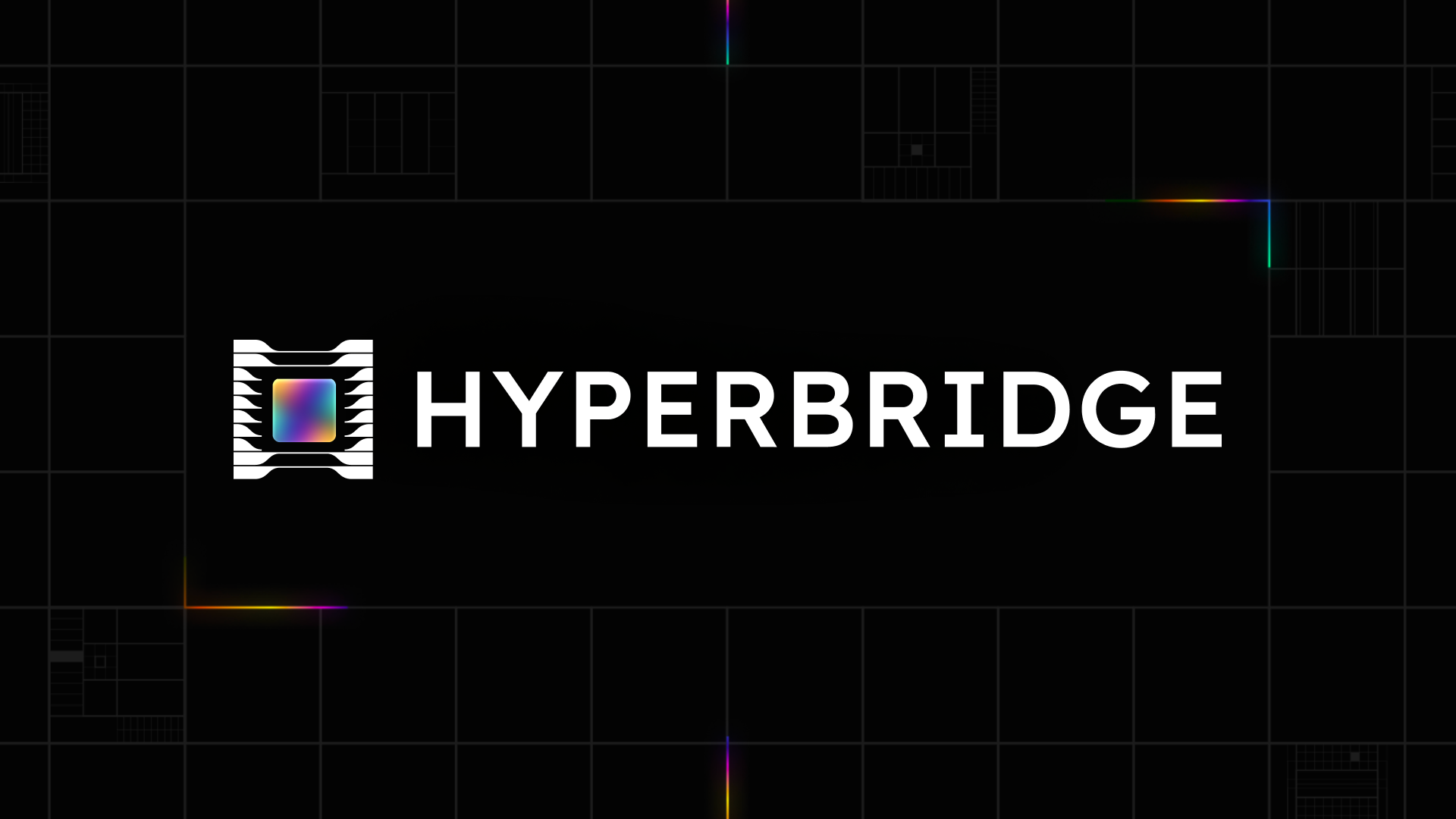Energy Web drives the clean energy revolution with decentralized grids
Energy Web is revolutionizing the energy sector by digitizing traditionally analog systems, integrating renewable energy, and enabling enterprise-ready, decentralized solutions with its innovative blockchain infrastructure.
 By Polkadot•January 17, 2025
By Polkadot•January 17, 2025
Bridged 1,000+ DOT shortly after launch
Energy Web is focused on decentralizing the global energy system to accelerate decarbonization. The project develops open-source tools to address challenges like renewable energy integration, managing the proliferation of electric vehicles, and ensuring data privacy for energy companies. By digitizing traditionally analog processes, Energy Web enables secure, efficient data exchange across the energy industry and partners with over 100 major energy companies to drive decarbonization efforts.
Challenge: Transforming an outdated system
Energy Web faced the task of transforming the energy sector, which is entrenched in centralized, outdated systems. Traditional grids rely heavily on centralized power plants and analog processes, making it challenging to integrate distributed energy assets like electric vehicles (EVs), batteries, and rooftop solar systems into grid management. “The energy sector is really a bit of a dinosaur, with most business processes for exchanging data or exchanging value between companies being still quite analog,” explains Jesse Morris, CEO of Energy Web.
Beyond grid inefficiencies, companies adopting low-carbon commodities like sustainable aviation fuel and hydrogen encountered challenges verifying their sustainability. Fragmented systems lacked the transparency, trust, and traceability necessary for businesses to confidently use these materials, hindering broader adoption.
Energy Web’s initial blockchain infrastructure, built on Ethereum, further compounded these challenges. High fees, slow transaction speeds, and limited flexibility made it impractical for enterprise-grade applications. Recognizing the need for a more scalable and adaptable platform, Energy Web transitioned to Polkadot’s modular framework, which offered the flexibility, scalability, and interoperability essential for meeting the energy sector’s complex demands.
Solution: Building a decentralized energy infrastructure
Energy Web’s migration to Polkadot enabled the creation of Energy Web X, an enterprise-grade, next-generation blockchain designed to meet the complex needs of the energy industry.
Energy Web X leverages Polkadot’s modularity to create customized business logic for diverse applications. For example, tracking sustainable aviation fuel requires entirely different workflows and data structures than managing EV charging events. “Each of these enterprise applications that we spin up for these different companies, we need different business logics for each one,” explains Jesse Morris. Polkadot’s flexibility ensures that Energy Web can tailor its solutions to the unique requirements of each use case.
Polkadot’s shared security model further bolsters Energy Web by eliminating the need to maintain their own validator set. Instead, Energy Web benefits from Polkadot’s robust global validator network for institutional-grade security. “We’re building enterprise applications,” Morris adds. “They take cybersecurity incredibly seriously. So when you have the ability for all these applications to be connected to a global network and for those single applications to benefit from the shared security of the full network... most of the companies we work with see that as another insurance policy for their applications.”
Additionally, Polkadot’s cross-chain interoperability enables seamless data exchange across blockchain ecosystems. This functionality bridges gaps between traditionally siloed energy systems, improving collaboration and efficiency across the entire sector. By integrating its tools with other networks and platforms, Energy Web significantly expands its reach and functionality.
Polkadot’s optimized developer tools and streamlined infrastructure also facilitate faster deployment of solutions. “The bottom line is we’re moving faster,” notes Morris. “We’re able to deploy new solutions on this tech much quicker. We’re moving at a pace that did not exist when we were on the Ethereum mainnet.”
Results and impact

The transition to Polkadot has transformed Energy Web’s ability to deliver impactful solutions tailored to the energy sector. Leveraging Polkadot’s infrastructure, Energy Web has launched a range of initiatives that address critical challenges in grid management and sustainability while fostering collaboration with global corporations like Shell, PayPal, and Amazon.
- Sustainable Aviation Fuel Registry: Tracks low-carbon aviation fuel purchases and verifies their authenticity for companies such as United Airlines and Amazon. “We now have this aviation registry running live on Polkadot. Some of the world’s biggest brands, like United and Amazon, are part of this consortia,” explains Morris.
- AutoGreenCharge app: Empowers EV owners worldwide to decarbonize their charging events by seamlessly sourcing renewable energy. “It’s a slick mobile app where users don’t have to deal with crypto directly. But behind the scenes, it’s all powered by Energy Web X and Polkadot,” says Morris.
- Green Proofs for Bitcoin: Provides accreditation for Bitcoin miners using renewable energy, developed in collaboration with PayPal and informed by consultations with organizations like BlackRock.
- Digital Spine Initiative: Facilitates rapid data exchange between distributed energy resources, currently being rolled out across Australia’s energy grid.
By utilizing Polkadot’s shared security and multichain interoperability, Energy Web has not only enhanced the transparency and trust required for these solutions but also created opportunities for collaboration across the energy and blockchain ecosystems. These achievements showcase how Polkadot’s scalability and flexibility empower Energy Web to tackle real-world energy challenges and drive the adoption of decentralized technologies.
What’s next
Energy Web is focused on scaling its solutions globally, starting with the expansion of its Digital Spine Initiative from Australia to markets such as the UK, Costa Rica, and the United States. Collaborations with energy regulators, including the UK’s Ofgem, aim to establish Energy Web’s infrastructure as a global standard for integrating distributed energy resources.
At the same time, Energy Web is enhancing enterprise adoption by deploying full-scale solutions with partners like Shell, advancing decarbonization initiatives such as sustainable EV charging and digital identity management for energy assets. Consumer-focused tools like the Auto Green Charge app will also see continued innovation to meet evolving market needs.
“Our roadmap is relentlessly commercial-focused,” says CEO Jesse Morris. “We’ve built a lot of tech and know how to answer most of these questions, allowing us to scale faster and meet detailed enterprise requirements.”
By aligning its development with Polkadot’s advancements, Energy Web is poised to lead the decentralized energy transition, delivering scalable, enterprise-ready solutions that shape the future of energy infrastructure.
“We’re not good at building a blockchain from scratch. What we’re good at is selling to energy companies, getting very detailed requirements, and building software that meets those requirements. Polkadot enables us to specialize and move much faster.”









